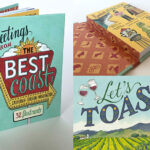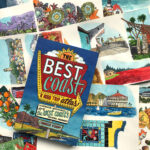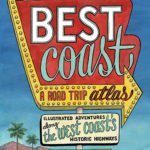Whenever I’m in Tulsa I try to make time for the Gilcrease Museum, a place devoted to the art of the American West. Yet as much I love perusing the galleries of Russells and Remingtons and Catlins, what I’m really there for is the beadwork. The Gilcrease, whose namesake was himself a member of the Muscogee (Creek) Nation through his mother’s side, boasts a collection of around 25,000 ethnographic objects. Many of these are artistic pieces created by Plains peoples of the first half of the 19th century—a time of wealth and prosperity for many Indigenous nations, which generated some of the finest design and craftsmanship this continent has ever seen. The beadwork is my favorite because it still looks so fresh and contemporary. With each seed bead acting like a pixel on a screen, there are infinite possibilities for each hand-sewn grid of colors and shapes. And the glass beads will never fade the way prints or paintings will over time. Every bandolier bag, every moccassin seems as if the person who made it had just stepped out of the room—as if all I had to do was wait a moment to have a chat with them.
Glass pixelsTulsa, OK
Posted 7 years ago

 Greetings from the Best Coast
Greetings from the Best Coast  Today's the day!
Today's the day!  The Best Coast
The Best Coast 